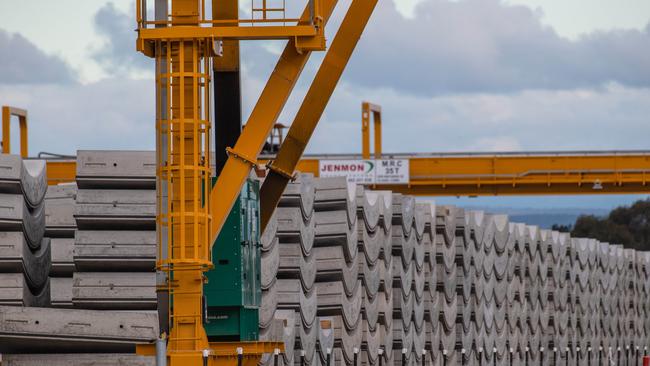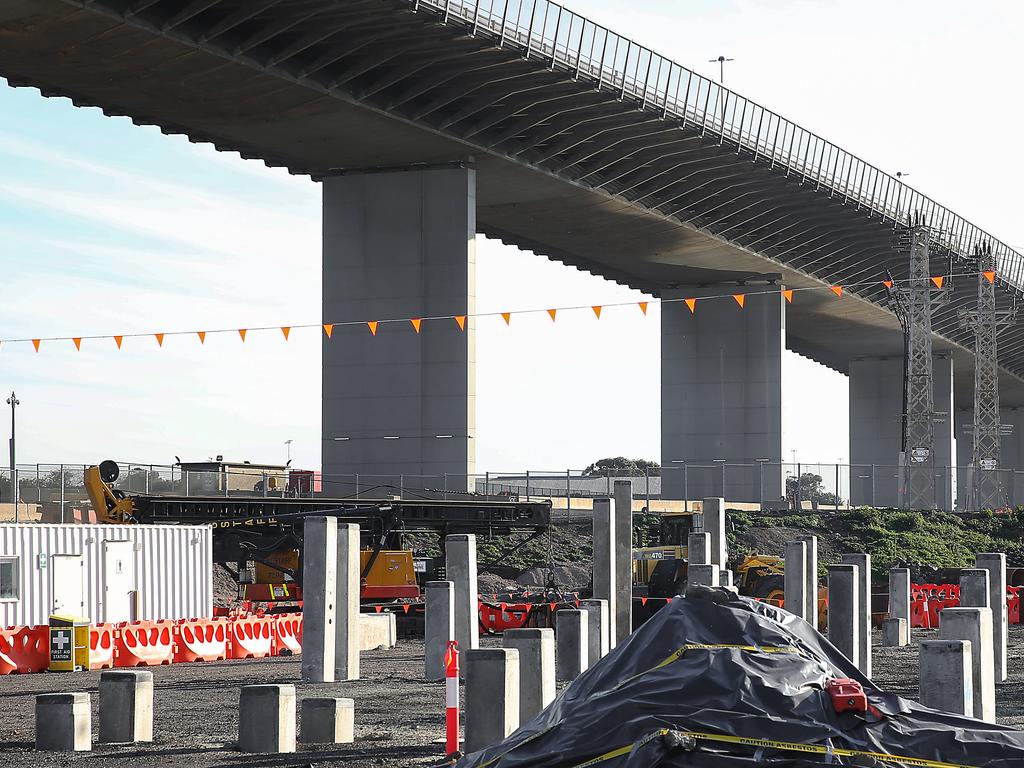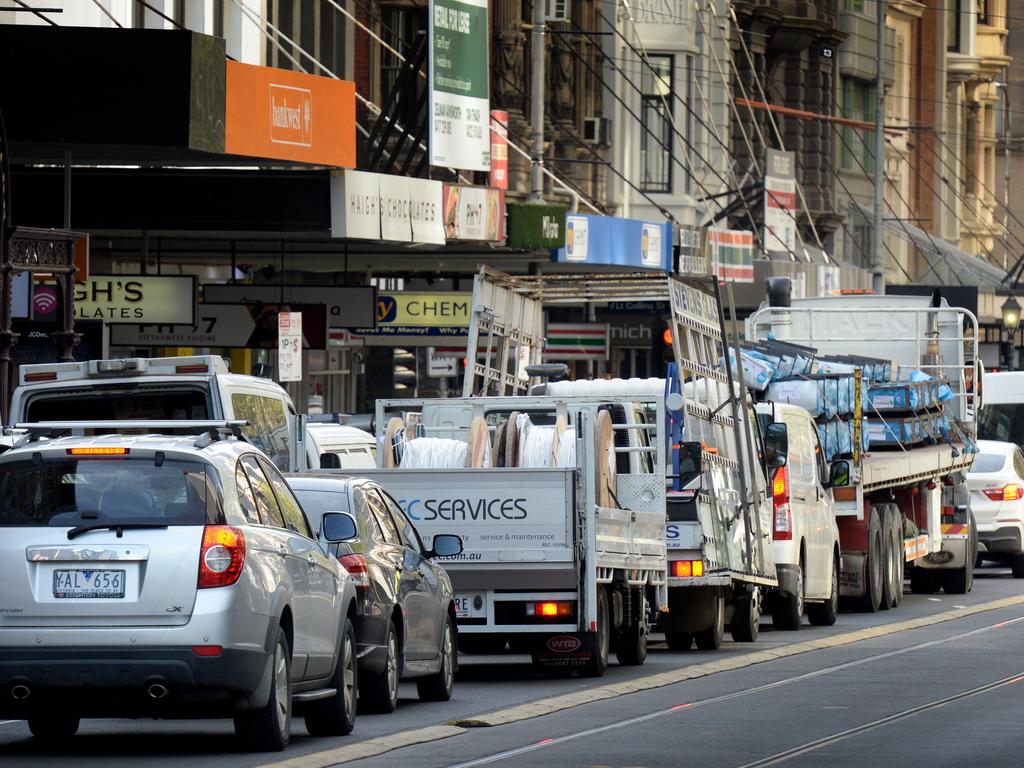
Some are drawing the comparisons between the Prime Minister and wartime leader Ben Chifley, given the magnitude of the challenge facing the government in preventing the COVID-19-weakened economy collapsing into a depression next year.
Others are wondering if the stimulatory announcement in the budget will be more like the post-GFC solar panels and school building measures rolled out by Kevin Rudd and Wayne Swan, or will it lay the basis for a longer-term targeted infrastructure program like Franklin Roosevelt’s New Deal in the thirties?
A recent paper prepared by the Queensland Investment Corporation reviews the history of government stimulus packages in response to economic crises.
As it points out, “because the marginal utility of monetary policy has declined since the global financial crisis, fiscal stimulus is now the primary bailout mechanism for this pandemic”.
The paper reviews a list of stimulatory measures, from the New Deal and Marshall Plan to the responses in Australia and the US to the GFC.
The government has already announced a range of short-term stimulus measures in response to COVID-19, including one-off payments to pensioners, the JobSeeker and JobKeeper assistance programs, $1bn in funding for “shovel-ready programs” that can be started within the next six months and another $500m for targeted roadworks that can be completed in the next 12 months.
Quality of stimulus
One of the key questions to be answered in the budget will be the quality of the stimulus measures.
As QIC argues in its paper, it is important to be able to take a step back and make sure that another big round of spending is on projects that are not just “shovel-ready” but are “shovel-worthy”.
It argues that the fiscal stimulus measures to be announced in the budget should be aimed at projects that are worthy in the longer term — nation-building programs that will add to Australia’s capacity and productivity — and not just short-term sugar hits.
The paper argues the stimulus package delivered in response to the GFC in Australia — which included cash payments, home insulation and solar hot water rebates, public housing and the “building the education revolution” program — helped reduce the potential rate of unemployment from 10 per cent to 8.5 per cent.
But it points out that “there is significant debate about whether the infrastructure spending was well targeted, with some education projects criticised due to perceived waste and the home insulation program ultimately being shut down due to the tragic deaths of four people and hundreds of house fires”.
In contrast, FDR’s depression-fighting New Deal of 1933 to 1939 in the US saw investment in a massive program of small local projects including airports, roads, bridges, schools, local parks and drainage projects administered by the Works Program Administration. This included such high-profile projects as New York’s LaGuardia airport and the bridges in the famous San Antonio River Walk.
The New Deal saw unemployment fall from 25 per cent in 1933 to 14 per cent in 1937, according to the paper.
The problem with mega projects is that these days it can take years for the approval processes to get going — and this is a time when the government needs to act fast to head off rising unemployment.
One of the best options, as Infrastructure Partnerships has argued, is to boost federal government infrastructure spending in the budget — not so much for federal government-backed mega projects but to hand over to the states, which can use the billions to accelerate infrastructure plans already on the table, having gone through approval processes.
QIC is arguing that the federal government has a chance to use the budget and its broader COVID-19-fighting fiscal stimulus measures to move ahead with “long-term ‘nation building’ priorities such as energy decarbonisation, network resilience, digital connectivity, transport network capacity and water security”.
Like other institutional investors, QIC is monitoring the fiscal stimulus measures to see if there are opportunities for private-sector involvement.
The paper argues that having private-sector involvement in infrastructure will make government stimulatory dollars go much further.
Industry super funds ready
The industry super funds have also made it clear that they are ready with billions of dollars in cash to move into infrastructure projects.
QIC argues that there are specific areas that have more potential to attractive private-sector funding than others — providing the returns are right.
QIC’s head of global infrastructure, Ross Israel, cites investment in renewable energy projects and battery-storage projects as one area where global institutional investors are keen to put their money.
If Democrat candidate Joe Biden is elected as US president in November, expect to hear more about the Green New Deal — government stimulatory programs that back “green energy” projects in various forms.
With his monetary policy options limited, Reserve Bank governor Philip Lowe recently urged state governments to drop their concerns about their credit ratings and shoulder more of the burden of infrastructure spending.
The astute involvement of private-sector capital could help boost the capacity of infrastructure spending if it is done in ways that have an eye to long-term sustainability.
Expect to hear more of topics such as public-private sector projects and calls for a revival of the federal government-backed asset recycling scheme, which helped generate billions of dollars worth of much-needed new infrastructure in NSW.
Australia has investors in infrastructure — from the $750bn industry super funds sector to specialists such as Macquarie Group, QIC and the Future Fund, that are ready to make investments in the right projects. Drawing on private sector expertise and funding may be a way of ensuring that government dollars get the most bang for the taxpayer bucks.







Next week’s budget is already being described by Scott Morrison as the most important since World War II.